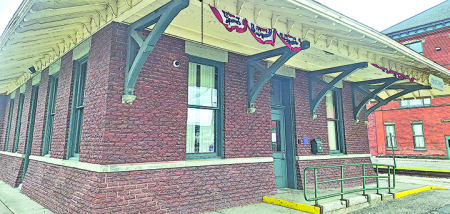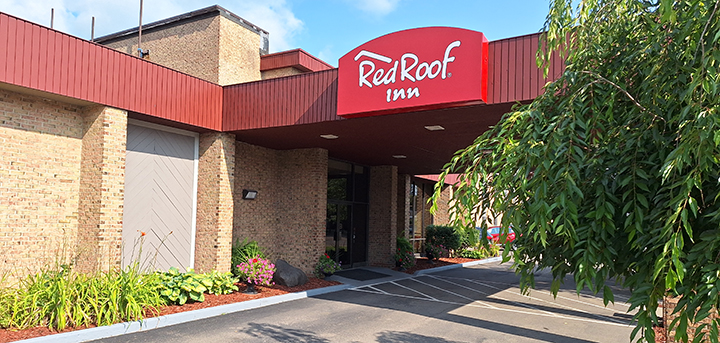County Residents Reminded: Burn Ban In Effect
Published:
March 20th, 2015
By:
Brittany Grove
CHENANGO COUNTY – Since spring is fast approaching and cleanup from the winter is essential, the New York State Department of Environmental Conservation (NYSDEC) and the Chenango County Bureau of Fire, reminds residents that the burn ban regulation is in effect and also of the dangers associated with open burning.
All residential brush burning is prohibited in smaller communities during the state's historically high fire-risk period from March 16 through May 14.
According to the NYSDEC website, “In 2009, New York toughened restrictions on open burning to reduce harmful air pollutants and help prevent wildfires. While the burn ban regulation allows residential brush burning for most of the year in towns with a populations of less than 20,000, it prohibits open burning in all communities during early spring when the bulk of New York's wildfires typically occur. The state regulation prohibits the burning of garbage at all times and in all places.”
Chenango County Bureau of Fire Coordinator, Matt Beckwith, said, “Prior to the burn ban, issued by the NYSDEC, Chenango County had 48 reported grass and brush fires in 2008, 39 reported grass and brush fires in 2009, 14 reported grass and brush fires in 2010, dropping significantly. Statewide, after the ban was put in place, data also showed a significant decrease in wildfires across the state.”
Although springtime cleanup from the winter is essential, said Beckwith, people are now prohibited from burning their debris for spring cleaning and must utilize other means of getting rid of their debris, like discarding it at a landfill. He said the burn ban is a “very crucial ban,” because of the potential dangers of open burning.
NYSDEC website lists open burning is the largest single cause of wildfires in New York state. Data from the NYSDEC's Forest Protection Division shows that debris burning accounted for about 36 percent of wildfires in the state between 1985 and 2009, which is more than twice the next most-cited cause.
In addition, from 2000 to 2009 New York's fire departments responded to an average of 2,300 wildfires each year from March 16 to May 14, which was 46 percent of all wildfires for that year, said NYSDEC website.
“What people don’t realize is the ground conditions are extremely dry and vulnerable during the spring. With the warm winds picking up, drying out the mud across our driveways and lawns, it is also drying out the dead grass and standing foliage, making it extremely combustible,” said Beckwith.
“With these conditions, even as careful as we can be, all it takes is a swift breeze to cause flying embers to land in an area of dead grass and begin a 'grass and brush fire' that quickly spreads to other areas or even buildings, causing thousands of dollars in damage,” he added.
Several factors enable wildfires to start easily and spread quickly at this time, including the lack of green vegetation, abundance of available fuels such as dry grass and leaves, warm temperatures and wind, said NYSDEC website.
The Chenango County Bureau of Fire Coordinator said almost all of the reported fires which have occurred in Chenango County were a result of people burning debris, in either a burn barrel or pile, which spread outside the container or area and burned several acres and buildings.
“We encourage people to not burn and discard their debris at the landfill. These type fires are very dangerous and often times spread quickly and unexpectedly. If a fire does occur as a result of open burning and causes damage to other person’s property, the responsible person may be held liable for damages and even fined by the NYS DEC, costing people hundreds or even thousands of dollars,” said Beckwith.
Statewide fire department data for 2010 and 2011 indicated a 26 percent reduction in wildfires during the burn ban period for those years when compared to the previous 10 years, and 86 percent of all communities across the state had a reduction of wildfires compared with the previous five years, said NYSDEC website.
“This is a ban that, we in the fire service, take very seriously and encourage everyone to abide by, especially this time of year,” said Beckwith.
For more information about the burn ban regulation, visit NYSDEC website's burn ban question and answer page at dec.ny.gov/chemical/58519.html.
Author: Brittany Grove - More From This Author
Comments










